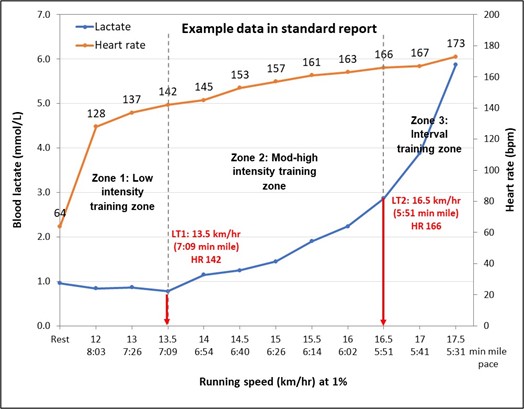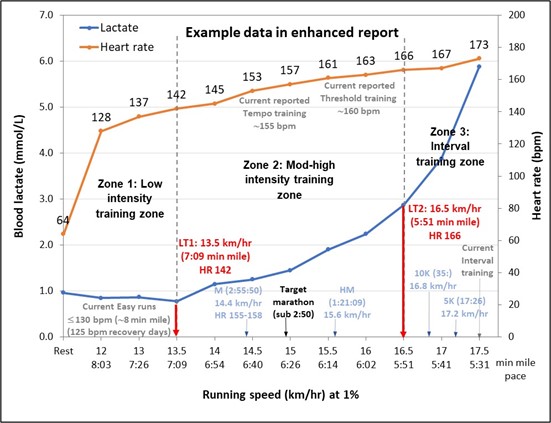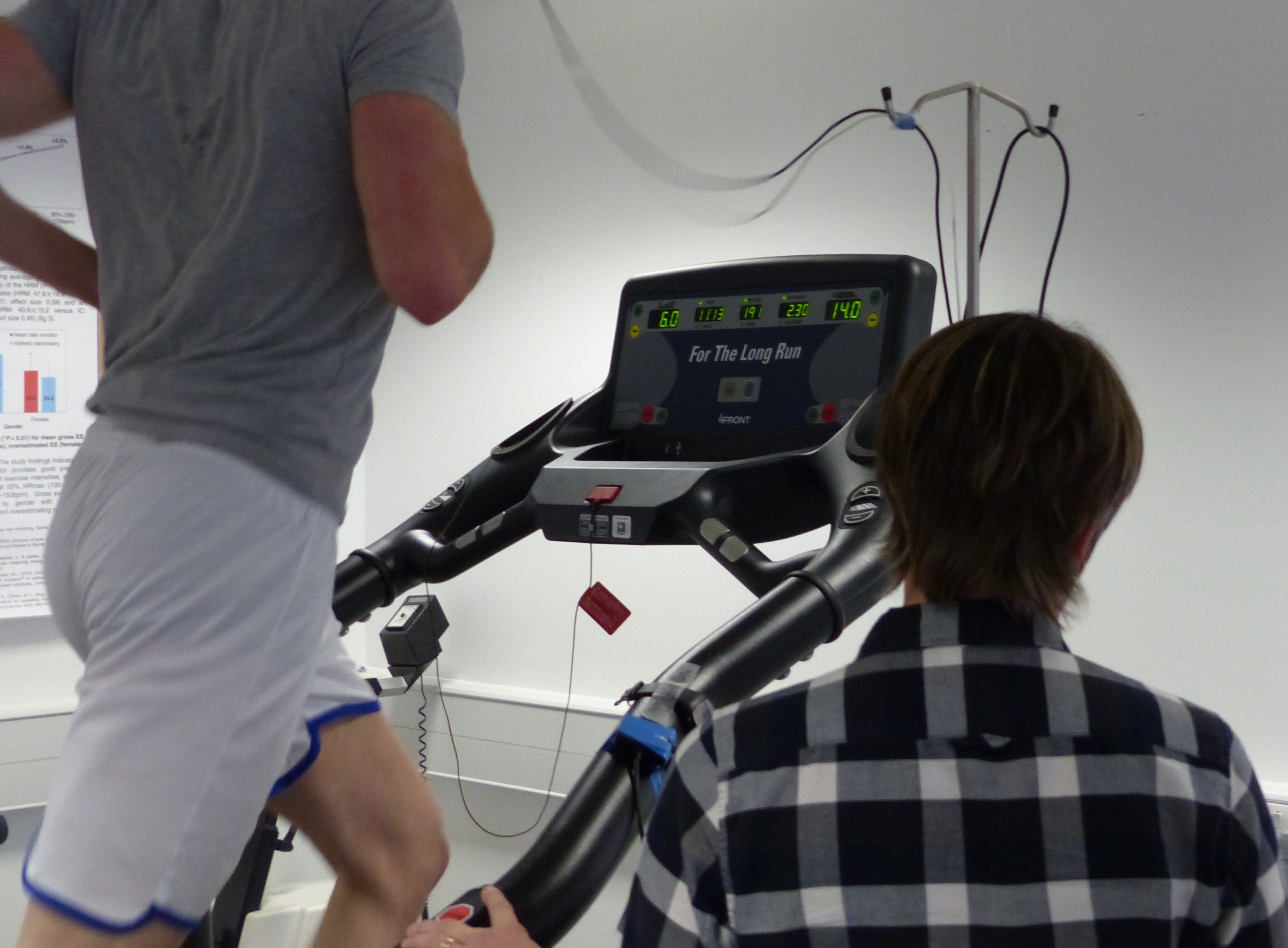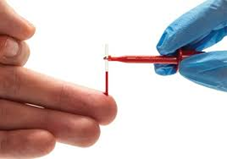Exercise Physiology Testing
The University of Salford’s exercise physiology testing service is aimed at runners or cyclists who want to learn more about their fitness and how to improve it.
Knowledge of your fitness allows for realistic training zones to be set, making training more effective at improving performance.
Exercise Physiology Testing
healthcare-exercisetesting@salford.ac.uk
Please send your enquiry to the above email including a telephone number and one of the team will contact you to discuss your requirements before booking your appointment.
Once we have made your appointment, please go to the University of Salford online shop where you can make the payment for the service.
Tests include the use of specialist equipment for the following:
- A choice of treadmill or cycle exercise tests relevant to performance in endurance-based activities including measurement of maximal oxygen uptake (VO2max) and lactate threshold.
- Measurement of body composition
- Measurement of energy expenditure
Prior to booking a test, we will discuss with you your requirements and advise accordingly.
All clients will need to complete a physical activity readiness health questionnaire as pre-test screening prior to visiting the lab to ensure they are eligible to perform the test.
Testing will take place in our Exercise Physiology lab. You will be required for around 45 minutes to 2 hours depending on the test you perform. This will be followed up with a report specific to the test, within 2 weeks of the test.
Our Services
Lactate Threshold (£160-£200)
- The test involves a number of exercise stages (approximately 8-10) lasting at least 3 minutes per stage. They will be easy to begin with but will gradually get harder up to a high-intensity level.
- The test can be performed on a treadmill or static bike.
- At the end of each exercise stage, the following will be measured:
- Heart rate (from a heart rate monitor)
- Perception of effort using a numerical scale
- A small blood sample taken from a finger or ear prick to measure blood lactate
- The test itself will last approximately 45 minutes, although you will be with us for up to around 1.5-2 hours
- Information collected will be analysed and incorporated within a physiological report that will be sent to you. The two thresholds will be identified and used to set your training zones. There are two types of report, standard and enhanced, but the exercise test is the same irrespective of which report you choose. See below for a description of each report and an example of how the data is plotted for each.
- Standard report – this shows blood lactate and HR for each exercise stage, with the two thresholds identified along with the training zones. General information will be provided about the training zones and how these relate to types of training and race distances.
- Enhanced report – this includes the above, but also incorporates the training and race paces provided by you, mapped onto the curve. This allows you to see where these sit relative to the two thresholds. This helps to identify whether your current training and race paces fall where one would expect, and provides some insight into whether your goals are realistic. Some recommendations will be made based on this.
Using lactate data to set your personalised training zones
Training zones refer to the intensity you train at. Heart rate is often used to express training intensity combined with running speed, or power output for cyclists. Three training zones are commonly identified using lactate data, including low-intensity training (zone 1), moderate-high-intensity training (zone 2), and interval training (zone 3). However, there are alternative approaches, and the number of zones can be expanded according to your needs.
Maximal Oxygen Uptake (£140)
The highest amount of oxygen an individual can use during exercise is known as maximal oxygen uptake (VO2max) and indicates one’s aerobic potential. This is the gold standard measure of aerobic capacity. This test also measures your peak aerobic power or running speed along with maximal heart rate and the data can be used for setting training intensities. The test is a maximal test that will push you to exhaustion.
What to expect:
- Using our breath-by-breath gas analysis machine, you will wear a mask over your nose and mouth to allow respiration to be measured which is used to calculate your oxygen uptake
- You will wear a heart rate monitor
- The test involves small increments in exercise intensity every minute
- The exercise stages are easy to begin with but gradually get harder using small increases in running speed and/or gradient (for treadmill protocols) or power output (for cycle protocols) until exhaustion
- This exercise test will last approximately 10-12 minutes although you will be with us for around 1 hour
- All information will be collected, analysed and incorporated within a physiological report that will be sent to you after the test
Body Composition (£55 or two for £100)
Using our BodPod, we can determine body fat percentage. This is a highly accurate test which can detect small changes in body fat so can be used to measure the success of nutritional interventions and/or exercise programmes. Resting metabolic rate can be estimated too along with total energy expenditure.
Please note that this test does not differentiate between subcutaneous fat and visceral fat, and muscle mass is not specifically measured.
What to expect
Clients sit relaxed in the BodPod chamber for a few minutes whilst 2-3 short readings are measured. In brief, the BodPod measures the volume of air displaced by the body. During this process you may hear some minor sounds of valves opening and closing and you may be aware of some slight air pressure changes in the chamber. These measures are used, along with a very accurate measure of your weight, to calculate body density and finally body composition. It is a safe and comfortable procedure.
To ensure accuracy, the following instructions are important:
- It is important that minimal, form-fitting clothing is worn (Males: speedo or form-fitting lycra shorts with no padding; Females: swimming costume or form-fitting lycra shorts with no padding and a sports bra with no wire or padding).
- Avoid food and drink, including caffeine, for at least three hours prior to testing
- Avoid exercise prior to the test
- You will be asked to remove glasses and jewellery for the test
- A swim cap will be provided to compress any air pockets within the hair
A report detailing your results will be available immediately.
Energy Expenditure (£160)
Using our breath-by-breath gas analysis machine, you will wear a gas sample mask to allow respiratory measures to be determined which are used to calculate the number of calories you use at rest (resting metabolic rate) and during exercise. This method is called indirect calorimetry. This can be useful if you are balancing energy intake and expenditure for a desired goal, for example, weight loss. The number of calories you expend during exercise can be measured on a treadmill or on a stationary bike. We can also measure heart rate at the same time, this way we can advise on the number of calories you are likely to use at certain heart rates. Again, this is useful if you have a particular calorie deficit target. Furthermore, if you currently use a device that estimates your energy expenditure, we can assess how closely that monitors calories used.
What to expect
- You will be fitted with a mask covering your nose and mouth to allow respiration to be measured for subsequent calculation of energy expenditure
- Initially, you will sit relaxed to measure resting energy expenditure
- To measure energy expenditure during exercise, you will walk, run or cycle at a few different exercise intensities ranging from low to moderate intensity, for around 4 minutes at each. This test does not involve high intensity exercise
- All information collected will be analysed and incorporated within a physiological report that will be sent to you after the test
To ensure accuracy, the following instructions are important:
- Avoid food and drink for at least 3 hours prior to testing
- Please avoid caffeine prior to the test
- Avoid exercise prior to the test
- Please wear suitable clothing for exercise
![]()
Clare Marsh
Clare is a Senior Lecturer in Exercise Physiology at the University of Salford and has worked at the University since 2000. She leads a number of modules in Exercise Physiology where she spends considerable time developing exercise testing skills in students. She has experience of working with cyclists, runners, and triathletes carrying out a variety of endurance based physiological tests over many years. Clare is a keen sportsperson herself, her passion being cycling.
Dr Steve Atkins
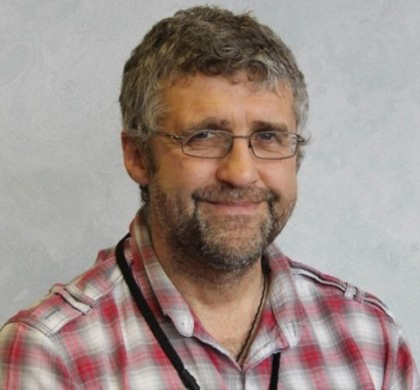
As an active road cyclist and mountain biker, Dr Steve Atkins has a long-time interest in how best to optimize performance. With over 80 publications in peer-reviewed journals, he has undertaken research into the determinants of performance, including use of advanced technologies to optimize data measurement in cycling. As an accredited sport and exercise scientist with the British Association for Sport and Exercise Sciences, Steve has worked with many elite and amateur athletes.
Laura Smith

Laura is a Teaching and Learning Fellow in Sports Science at the University of Salford and has worked at the University since 2008. She has experience carrying out a variety of endurance-based physiological tests over the years across varying levels of athletes. Laura enjoys a variety of sporting activities, including running and cycling (both road and mountain) and has completed a variety of events including 10k runs, 5k swims, half marathons and the Manchester 100 cycle ride.
Book an appointment now
| Exercise Physiology test | Price |
|---|---|
|
Lactate threshold
|
£160 (standard) £200 (enhanced) |
| Maximal oxygen uptake (VO2max) | £140 |
| Body composition assessment (BodPod) | £55 (or 2 for £100) |
| Energy expenditure | £160 |
Please book your appointment before making payment.
Before arrival
Please note that all potential clients are required to complete a Physical Activity Readiness health questionnaire prior to visiting the lab to ensure eligibility for completing any of the exercise tests. Some underlying conditions can mean that one is not eligible to perform certain tests. In some cases, a letter will be required by a potential client’s GP to confirm their eligibility.
Find us
The Exercise Physiology lab operates within the Mary Seacole building in room MSG17 which is on the ground floor. There are changing rooms and showering facilities in the building.
Car parking is available at the University (fees apply). The University is conveniently located for Salford Crescent train station and is well served by bus services.

